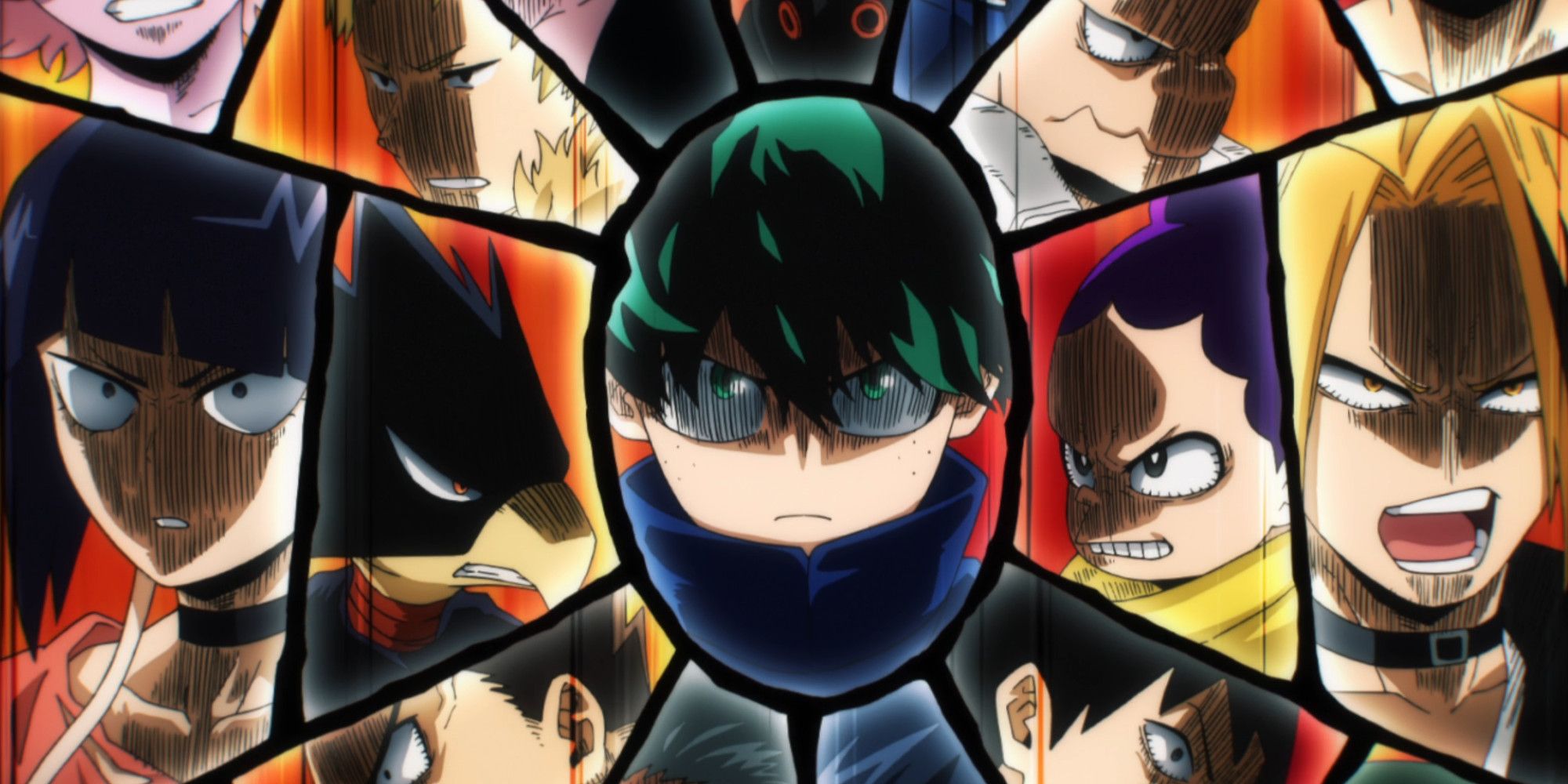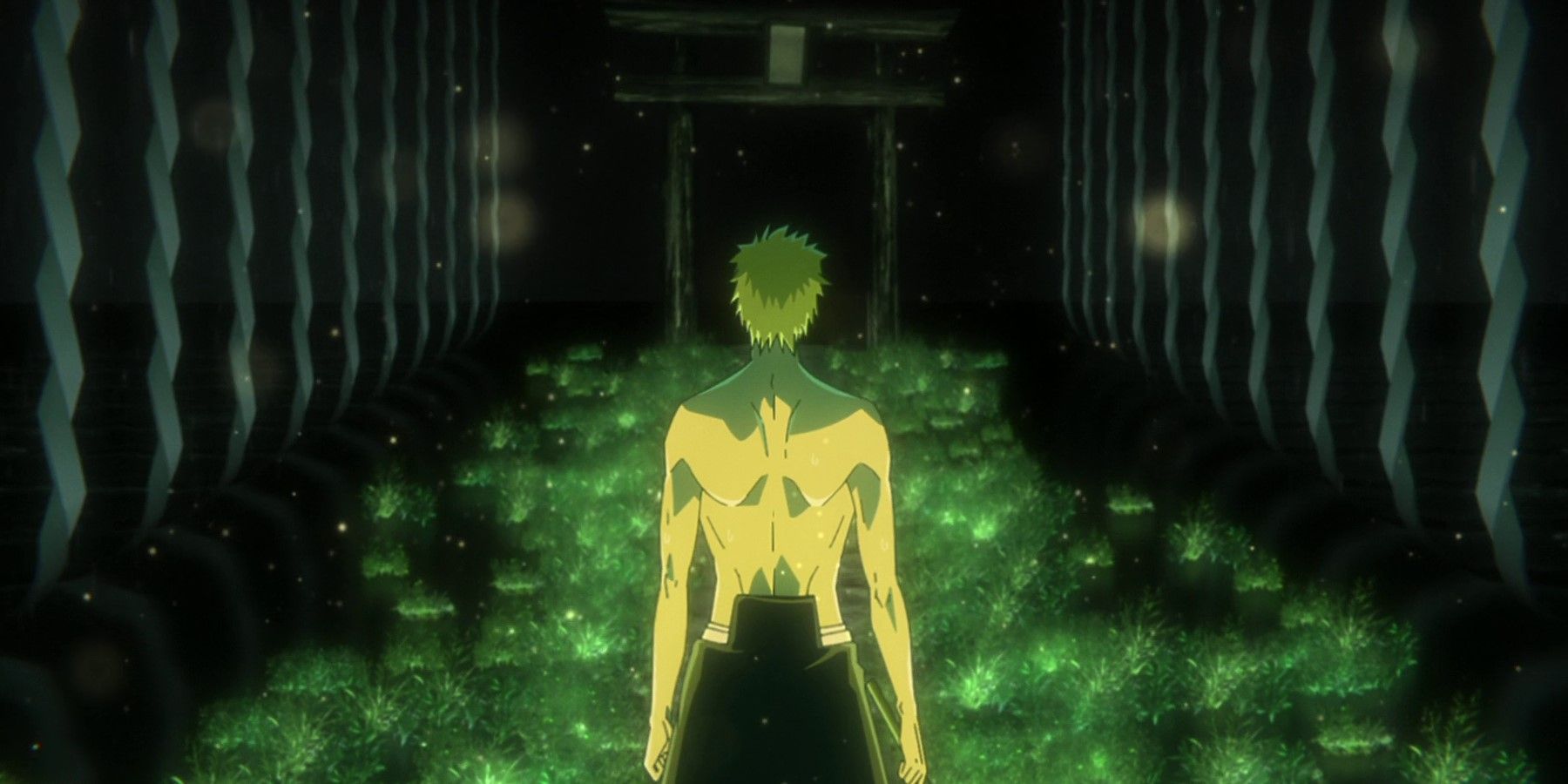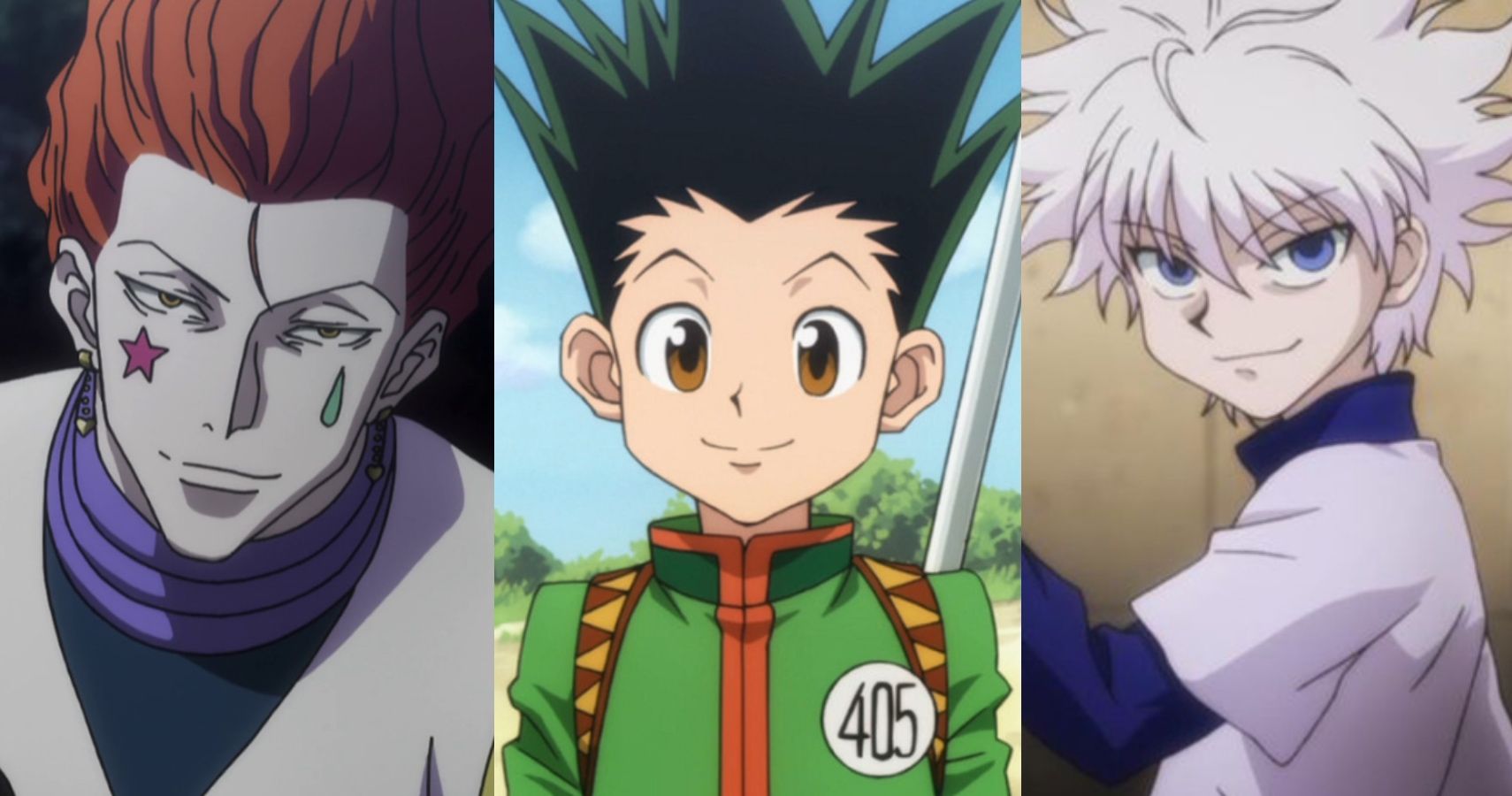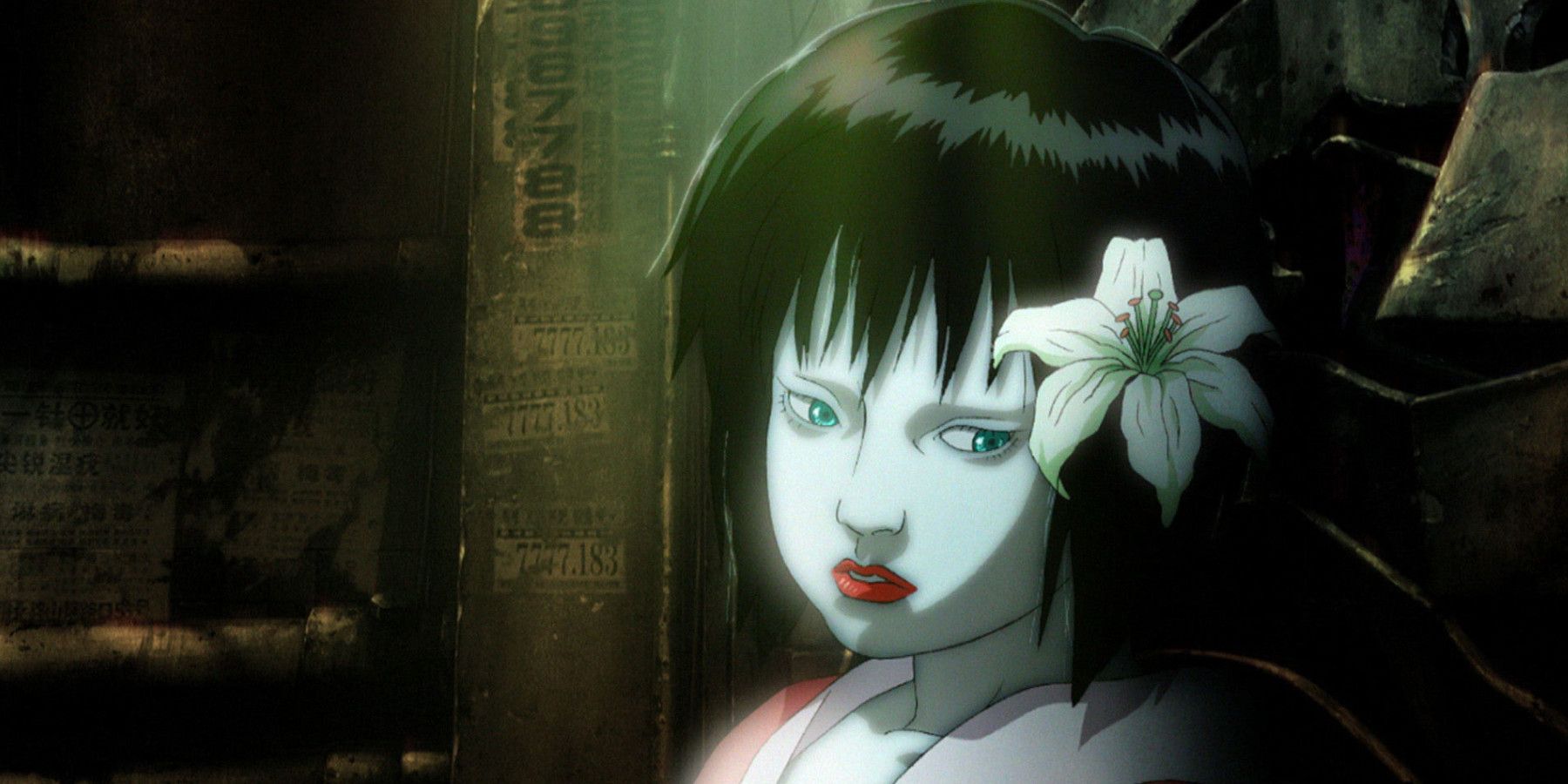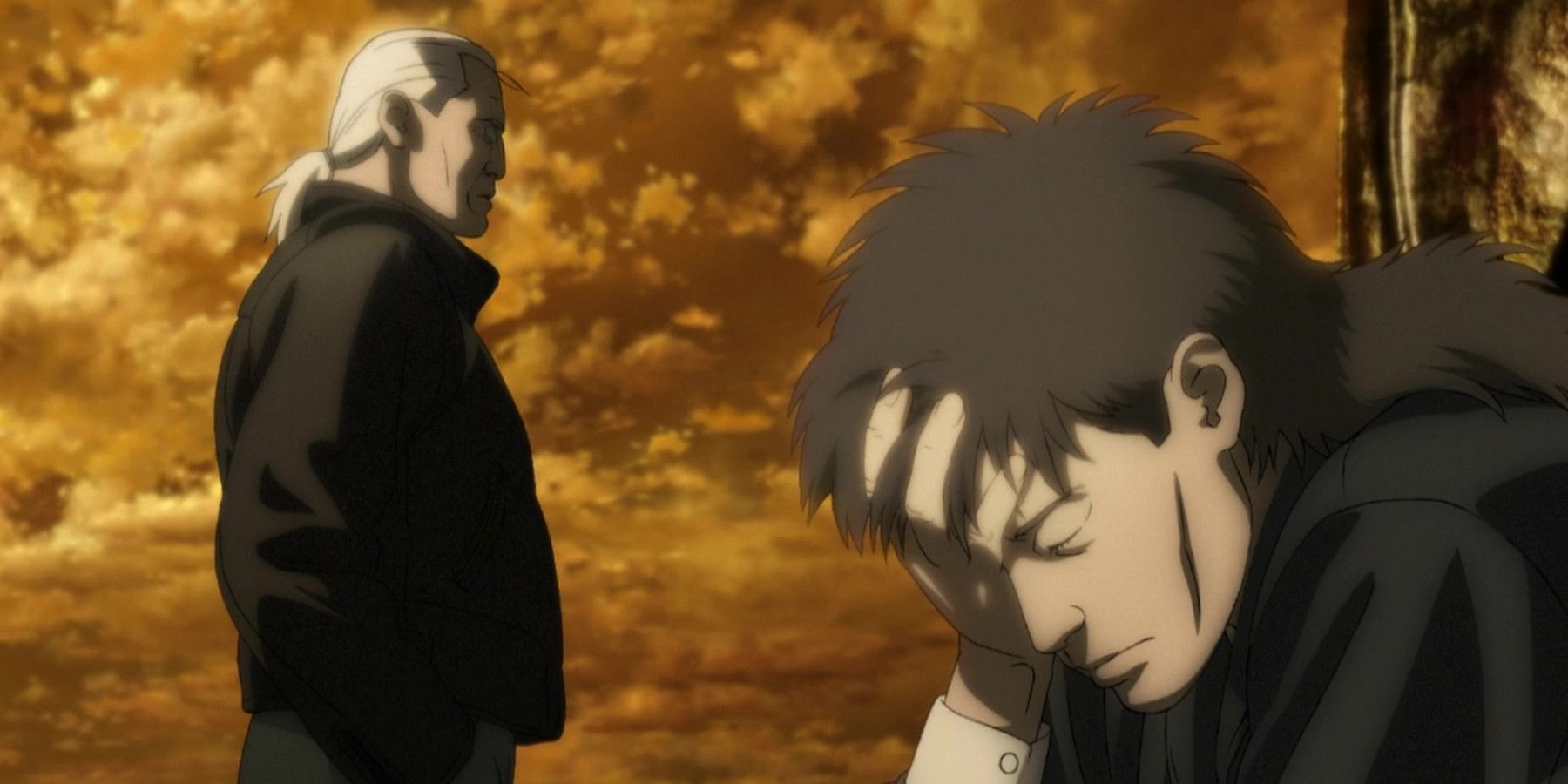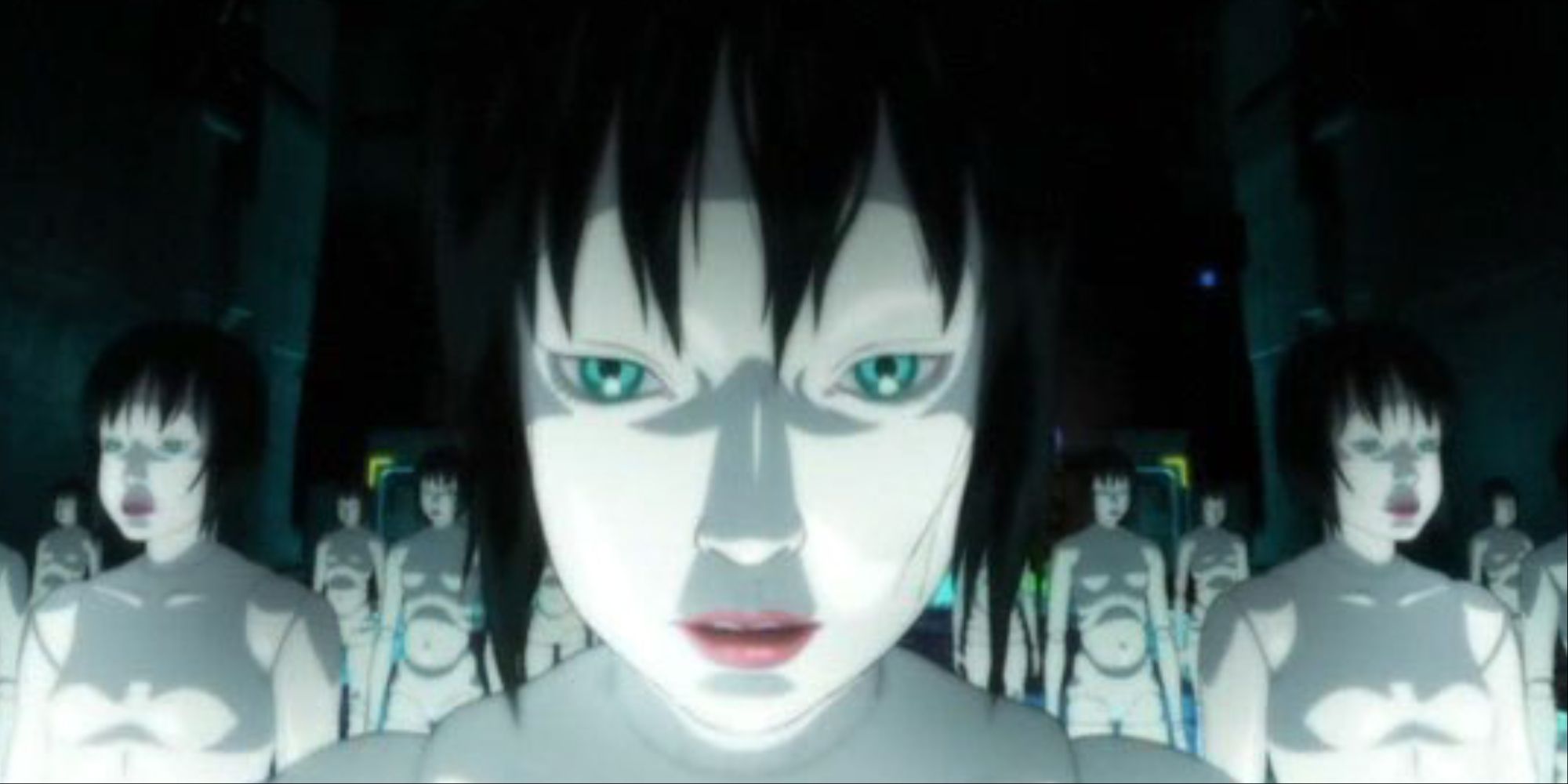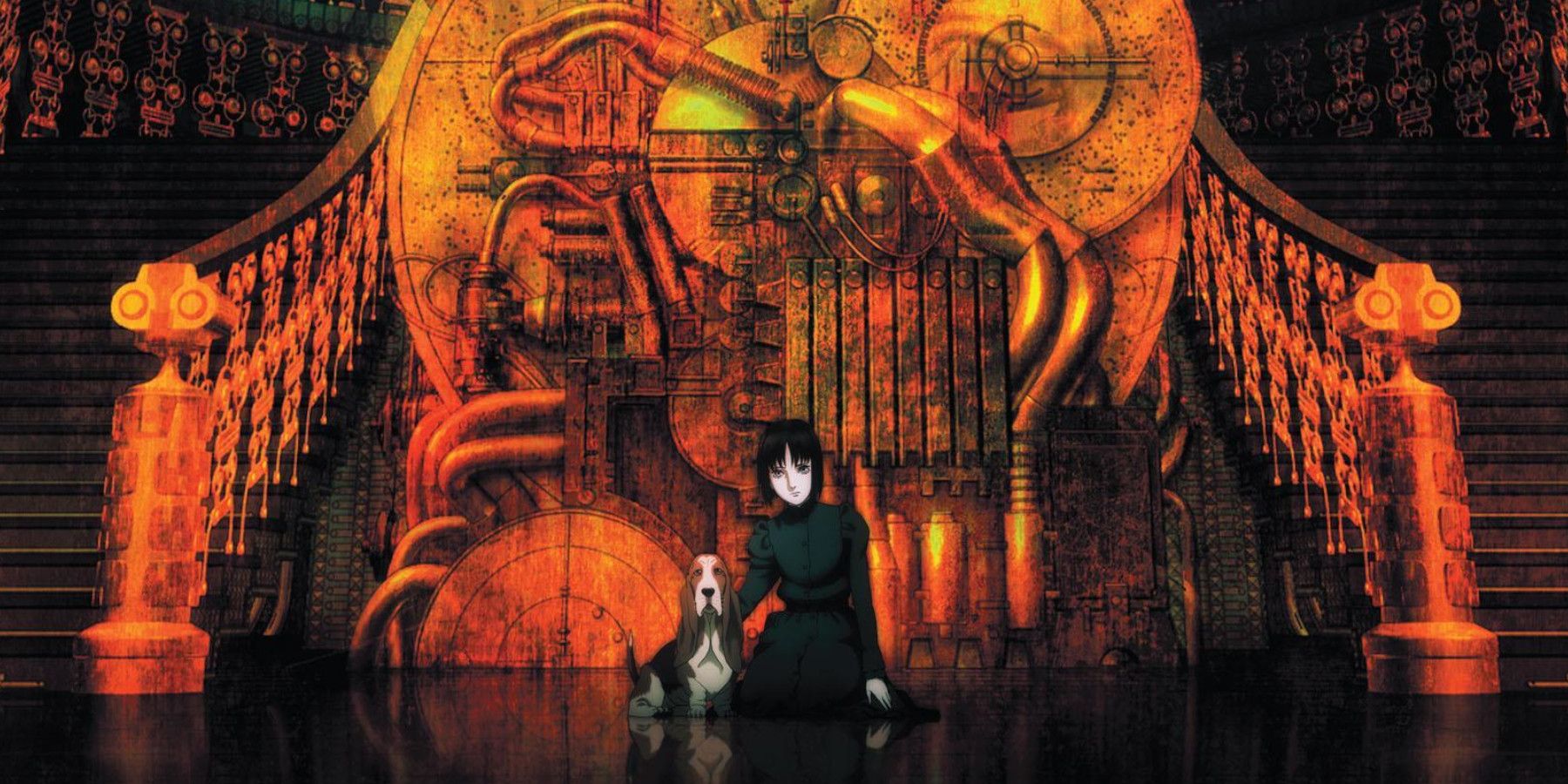Warning: This feature may contain minor spoilers for Ghost in the Shell 2: Innocence, available to stream on Funimation.
There's this unspoken rule that PG-13 movies can get away with dismembering robots way easier than humans, but what about stories where the robots are meant to look as human as possible? Nine years after Ghost in the Shell, the film that inspired The Matrix, Mamoru Oshii directed Innocence, and despite disturbing content and numerous beheadings, it's not rated R.
Released in Japan in 2004, the story follows cyborg detective Batou and partner Togusa investigating a string of murders committed by gynoids designed for pleasure. Despite being released while the second season of Stand Alone Complex was airing, it takes place in a separate continuity set after the events of the 1995 film, after the Major has disappeared.
A Darker Shell
The original Ghost in the Shell was already quite dark - at the very least far more serious in tone than the manga - but Innocence makes it look tame by comparison. In a literal sense, it's constantly set at night, with almost an hour passing before a single ray of sunshine has been seen. This isn't a strike against the film, however, and if anything, it amplifies the cyberpunk aesthetic, bathing the early scenes in the city streets with a neon glow.
But as quickly as the viewer is shown the streets, they are pulled into the dark alleys behind them, as Batou penetrates a police blockade to hunt down a rogue gynoid that killed its client. Cradling the decapitated head of a police officer, it attacks when cornered, but it is quickly outmatched by Batou. Hauntingly, in its final moments, the gynoid tears open its flesh, revealing its artificial innards, and pleads to her hunter: "Please help us."
If the criteria for a film being R-rated is measured by violent content and sensitive subject matter, then Innocence has both categories thoroughly covered. The story focuses on Batou and Togusa's investigation into why these robots designed for pleasure turned on their masters, and in doing so, explores themes about dolls and the humanity we impart upon non-living things.
It evokes imagery reminiscent of the darkest parts of the criminal underworld, from human trafficking to organ smuggling - trades that treat the human form as a commodity. The philosophical discussions which came to define the 1995 film are even more prominent in the sequel. In fact, they're presented with even more off-kilter presentation that effectively instills a sense of unease. For a film released in 2004, the blend of 2D and 3D is strangely well done.
It's not just impressive because of ambition given its time - it genuinely enhances the visual aesthetic. While some effects might not stand the test of time, more often than not the digital effects work on computer displays, lights, or reflections is sublime. Production I.G famously co-produced the film with Studio Ghibli to meet the demands of the film's budget, and the 3D was an early showcase of the strengths of the now-renowned Polygon Pictures.
Nightmare Fuel
Innocence, at times, comes off like a neo-noir horror film, especially in the latter half, when a particular plot point sends the characters into a mind-bending spiral. While Ghost in the Shell is no stranger to plots where the nature of reality is brought into question, few entries plunge their characters as deep as this one.
The entire sequence in Kim's mansion preys on the inherent fears presented not just in this film, but with the concepts of cybernetics that define the franchise. The fear of a body being hacked into, or opened up, revealing naught but wires and circuitry, and what that means about a person's safety, identity, and legitimacy as a human being. More than once, the characters are deceived into seeing what isn't really there through meticulous, drawn-out setpieces.
All the body horror, in conjunction with the disturbing imagery throughout, is what makes the MPAA's rating for this film all the more humorous as time goes on. If one wasn't told the film's rating, they might naturally assume that it was rated R, at the very least for the not infrequent spattering of blood, to say nothing of decapitations.
The climax becomes a full-on action movie, but only after embracing the horror film in its heart, as a submarine full of crewmen and unprepared guards are beset upon by more rogue gynoids. They're acrobatic and fast, they take more than a few bullets to put down, and if they aren't dead before they get close, they can cut off a man's head with a simple swipe. It's the speed with which a person can be reduced to nothing that makes it effective; like a doll with its strings cut.
A Ghost Unlike The Rest
By this point, it's well-established that no Ghost in the Shell will ever be quite the same, but the individual continuities typically feel pretty consistent in themselves. Even SAC_2045, despite the controversial change in art style, feels like the original Stand Alone Complex at the best of times. With that said, it's impressive that Mamoru Oshii's second and final directorial contribution to the franchise was so different from his first.
It makes a lot of sense when you consider that he never wanted it to be considered a sequel. Many believe the decision to call it "Ghost in the Shell 2" goes against Oshii's intention for the film to stand alone, and aside from the minor involvement of the Major, it does. It stands as one of the most unique incarnations of the franchise ever created, as well as the most disturbing.
Yet years on, it's often overlooked compared to the original film which inspired filmmakers, or the TV series, the second season for which Oshii wrote the concept. Alas, Innocence would be his last time directing for Ghost in the Shell, as well as the only time he was credited with the screenplay in the franchise.
Its philosophical discussions can be dense, and perhaps its ambition will leave some viewers too bewildered to continue, but Innocence is no less essential for any fan of the franchise. Its questionable rating is just one of the many oddities, besides the aesthetic and accolades, that make it stand out in its time. With any luck, it'll get the recognition it deserves with time.
